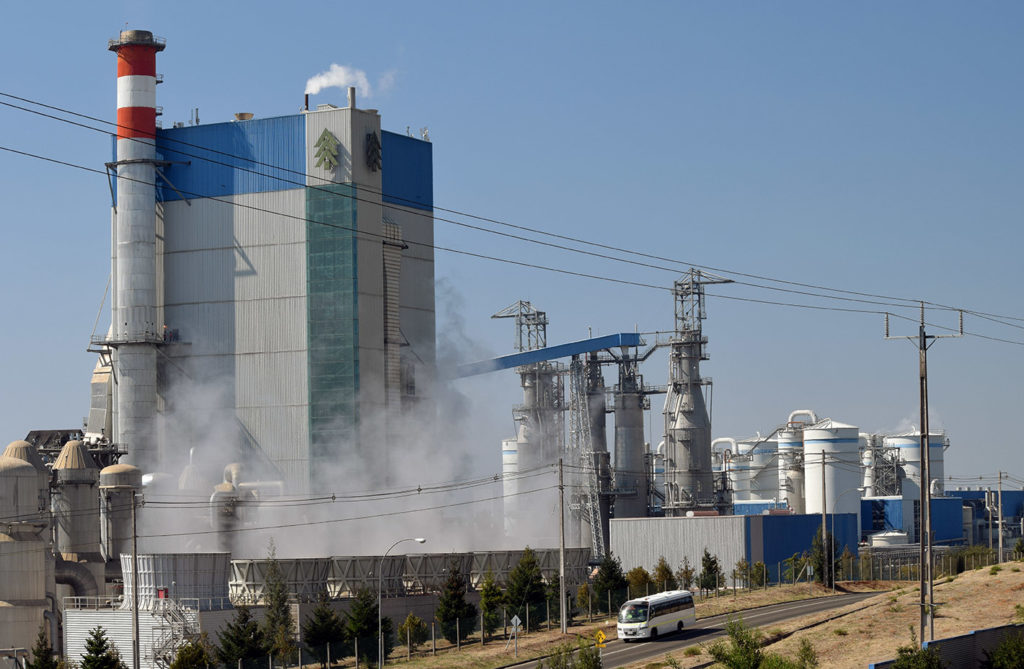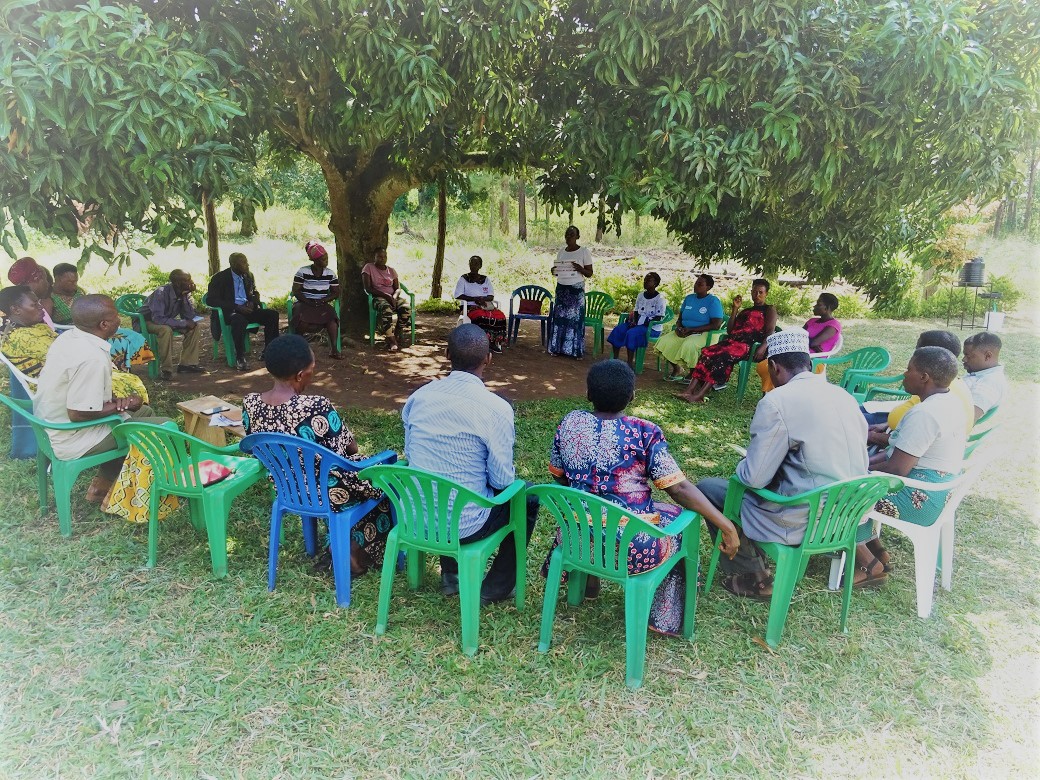Arauco’s Valdivia biomass power station: carbon emissions and conflicts with Indigenous communities in Chile

This case study, produced by Colectivo VientoSur, the Global Forest Coalition and the Environmental Paper Network, assesses the impacts of the Valdivia biomass power plant in the Los Rios region of southern Chile, which is part of the 550,000 ton per year Valdivia pulp mill complex, operated by Celulosa Arauco y Constitución S.A. (Arauco).
Download the case study (2.2MB): English | Spanish
 Increasingly around the world pulp and paper mills are installing over-sized, dedicated biomass boilers alongside more traditional cogeneration units to take advantage of strong support and incentives for producing electricity from burning wood.
Increasingly around the world pulp and paper mills are installing over-sized, dedicated biomass boilers alongside more traditional cogeneration units to take advantage of strong support and incentives for producing electricity from burning wood.
These are essentially stand-alone biomass power stations that require more feedstock than the waste produced by the adjacent pulp mills, meaning that additional wood is brought into the mill and burned in order to sell electricity to the public grid. Operators claim that the “renewable” electricity they produce replaces electricity produced with fossil fuels, which helps to reduce emissions—and diversify their income sources and boost profits.
Arauco’s Valdivia mill built in the early 2000s in southern Chile is a good example of this. However, in order for these developments to be effective climate mitigation projects and truly “clean”, they must genuinely reduce emissions, and must not depend on destructive processes that undermine the resilience of communities. As this case study describes, the Valdivia mill meets neither of these requirements.
The false assumption that burning wood from “sustainably managed” forests or plantations is carbon neutral means that carbon dioxide emissions from combustion aren’t accounted for in Valdivia and elsewhere, despite the large body of evidence clearly showing that electricity generation from forest biomass is highly emissive except for in a small fraction of cases. On top of this, wood burned in Valdivia is ultimately sourced from vast areas of industrial eucalyptus and pine plantations that have had profoundly negative impacts on Chile’s Mapuche Indigenous Peoples.
Download the case study to read more!











